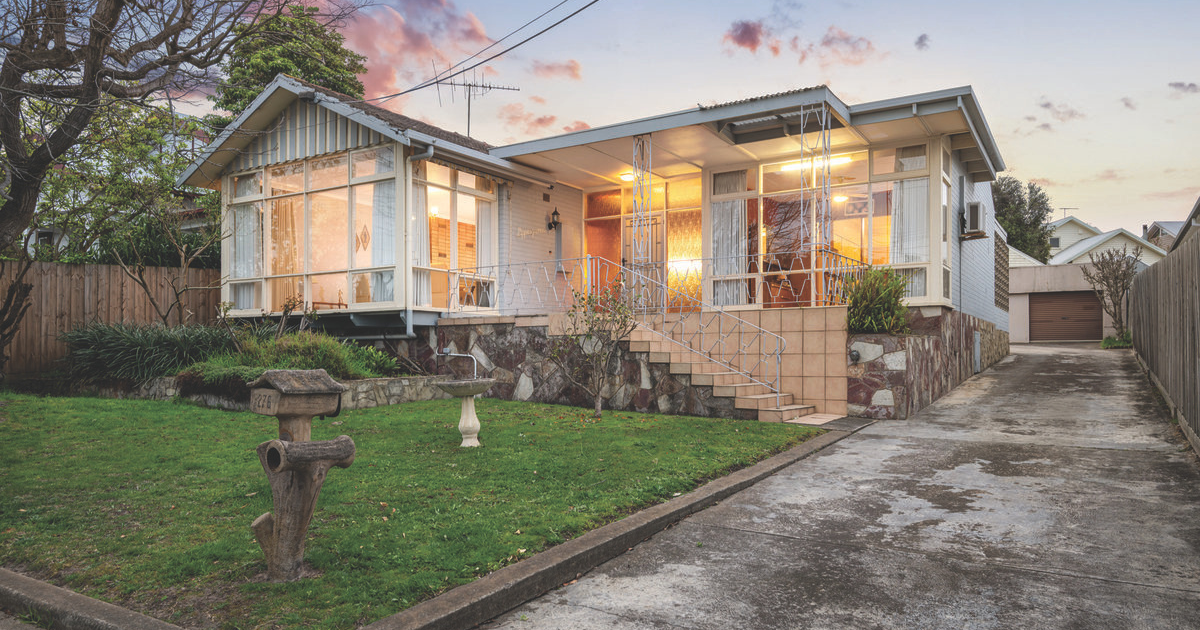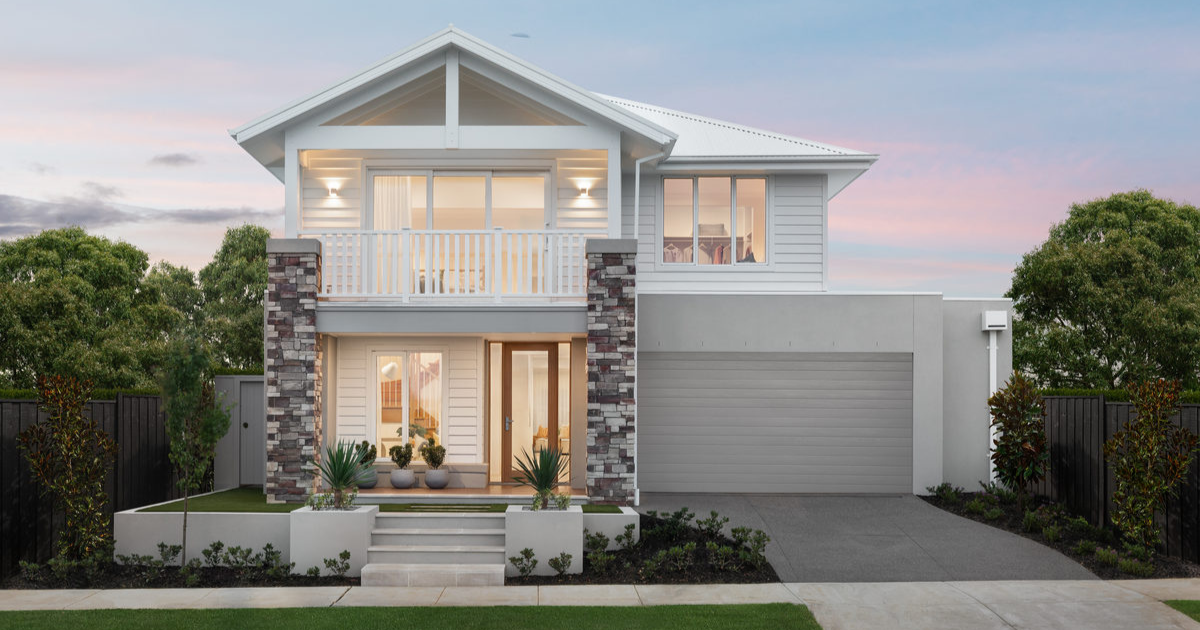Lack of strategic planning puts brakes on meeting housing target

The pipeline of work that Australia’s home builders have under construction is expected to shrink rapidly this year.
It seems that governments are always playing catch up when it comes to having enough identified zoned land in the pipeline to cater for the growth in the future housing requirements of the nation.
This task has been made more monumental with National Cabinet’s ambition to build 1.2 million homes over the next five years starting this year.
The most recent released data from the ABS shows that there have been just 23,058 new starts in the September Quarter 2023, the weakest quarter in over a decade and down by 21.6 per cent on the same quarter last year.
Local and state governments have been caught out on the hop as the word ‘growth’ has become a divisive term over the past decade, with many communities expressing concerns about excessive growth in their communities.
Well-organised anti-development groups that can raise a fair ruckus over continued growth of their area have hammered the elected representatives at a local and state level to such a degree that they have become gun-shy on making timely decisions on future residential growth corridors.
This hesitancy to make decisions for the fear of being called pro-development and losing votes has filtered down through the bureaucracy to see the wheels of strategic planning grind painfully slow.
Now with the federal governments direction to facilitate zoned land for 1.2 million new homes, the system is just too unresponsive and bogged down with red tape and ridiculous hurdles, that there is very little chance that that councils and the states can get anywhere close to this target.
Many peak industry bodies have been warning governments and the responsible authorities of this red tape housing crisis made worse by labour and supply chain issues in the sector along with interest rate rises.
HIA senior economist Tom Devitt said the new data revealed there were 103,707 detached houses that started construction in the 12 months to September 2023, down by 17.0 per cent on the 124,940 commenced in the previous twelve-month period.
“This points to a slow start to National Cabinet’s ambition to build 1.2 million homes over the next five years starting mid-2024.
“Since the RBA’s first cash rate increase in May 2022, sales of new homes have tumbled.
“A number of earlier projects are also being cancelled, with banks withdrawing finance in the face of soaring building costs and shrinking homebuyer borrowing power.
“This lack of new work entering the construction pipeline is expected to produce a trough in new house commencements in 2024, when Australia will start construction on just 95,400 new houses, the weakest year in over a decade.”
The data also reveals a decline in the number of multi-unit projects commencing construction, down by 9.6 per cent in the September Quarter 2023 to just 13,916, one of the weakest quarters in over a decade, although multi-unit commencements are mounting a recovery on the back of population growth and land constraints, with Australia expected to commence 84,400 new multi-units in 2024.
This would still put total detached and multi-unit commencements at less than 180,000 in 2024, far below the 240,000 per annum required to meet National Cabinet’s target.
Mr Devitt said that as fewer new projects begin construction, the pipeline of work that Australia’s home builders have under construction is expected to shrink rapidly this year.
“Meeting National Cabinet’s target will be largely dependent on the delivery of adequate private housing across the housing continuum.
“This will also have the biggest impact on the cost of housing and rental availability.
“Holding all levels of government to account for improving planning regimes, reducing red tape, and supporting the development of appropriate infrastructure and a skilled construction workforce, must be a priority this year.”

















